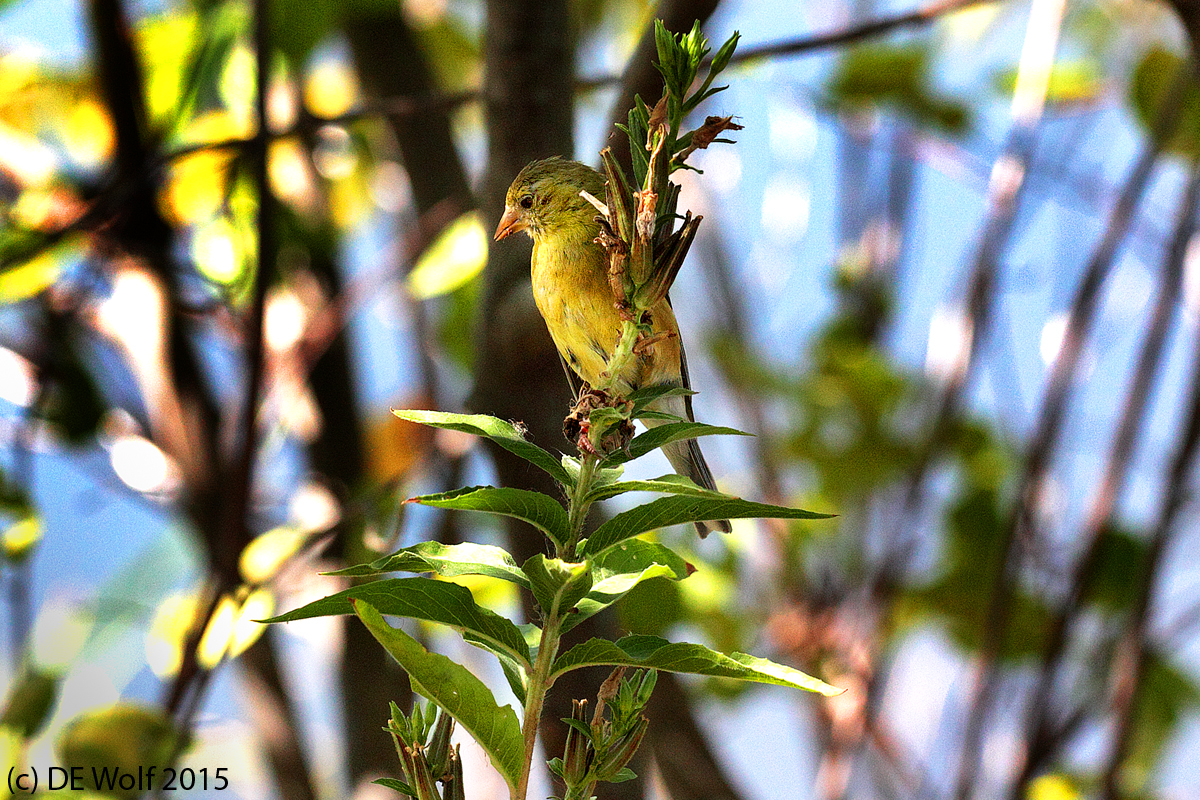The big news yesterday was NASA’s announcement of water on Mars. I would have preferred an ancient Martian trilobite fossil, but hey, this is pretty exciting for us science geeks. What struck me most when I looked over the press coverage of this event this morning was the characteristic American exuberant hyperbole contrasted with the English understatement. NBC news had the headline “H2 Whoa! Mars shows strong signs of flowing water,” while the BBC was more staid with “Mars satellite hints at liquid water.” I mean think of it in biblical terms. It’s “MANKIND EXPELLED!” vs. “Adam and Eve change address.”
Anyway I’ve spent some time thinking which photograph released yesterday I believe will define this historic moment of discovery and I am going to have to go with Figure 1 which shows dark narrow streaks, called “recurring slope lineae,” believed to be rivulets, emanating from the walls of Garni Crater on Mars. The images is a constructed views from observations by the High Resolution Imaging Science Experiment (HiRISE) camera on NASA’s Mars Reconnaissance Orbiter.





